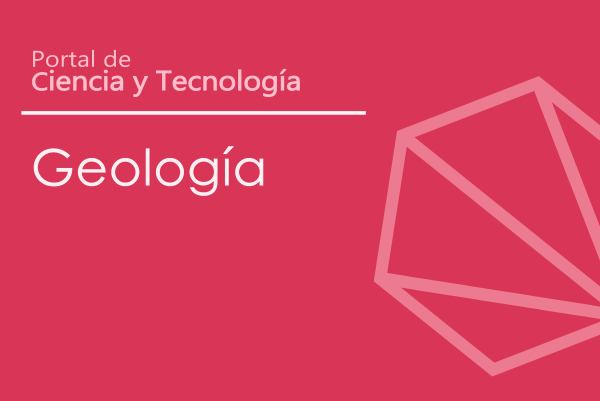Geología
Disciplina temática


Universidad de Burgos
Burgos, EspañaPublicaciones en colaboración con investigadores/as de Universidad de Burgos (305)
2024
-
A Vasconic inscription on a bronze hand: Writing and rituality in the Iron Age Irulegi settlement in the Ebro Valley
Antiquity, Vol. 98, Núm. 397, pp. 66-84
-
Archaeological landscapes and long-term settlements in the Perputxent valley (eastern Iberia): Exploring land use strategies and sustainability in a Mediterranean mountain area
Holocene, Vol. 34, Núm. 10, pp. 1466-1477
-
Carbonate microfacies reveal how Asturian shell middens formed in the Mesolithic
Quaternary Science Reviews, Vol. 342
-
Corrigendum to “Paleomagnetism in the Cambrian Urda-Los Navalucillos Limestone (Montes de Toledo, Spain): Implications for late-Variscan kinematics and oroclinal bending in the Central Iberian Zone” [Tectonophysics 852 (2023) /229781] (Tectonophysics (2023) 852, (S0040195123000793), (10.1016/j.tecto.2023.229781))
Tectonophysics
-
Dogs from the past: Exploring morphology in mandibles from Iberian archaeological sites using 3D geometric morphometrics
Journal of Archaeological Science: Reports, Vol. 57
-
Environmental Constraints and Human Agency in Early Medieval Village Formation: A Geoarchaeological Approach in the Western Pyrenees (Navarre, Spain)
Environmental Archaeology
-
Exploring the morphology of adult tibia and fibula from Sima de los Huesos site in sierra de Atapuerca, Burgos, Spain
Anatomical Record, Vol. 307, Núm. 7, pp. 2606-2634
-
Far from the walking pace. Ecological and evolutionary consequences of the suboptimal locomotion speeds in non-adult humans
American Journal of Human Biology, Vol. 36, Núm. 10
-
Fecal biomarkers and micromorphological indicators of sheep penning and flooring at La Fortaleza pre-Hispanic site (Gran Canaria, Canary Islands)
iScience, Vol. 27, Núm. 3
-
Fire use and waste management in an Iberian Iron Age village: Geoarchaeological insights into midden formation processes
Journal of Archaeological Science: Reports, Vol. 59
-
Five centuries of consanguinity, isolation, health, and conflict in Las Gobas: A Northern Medieval Iberian necropolis
Science advances, Vol. 10, Núm. 35, pp. eadp8625
-
How the Sima de los Huesos was won
Anatomical Record, Vol. 307, Núm. 7, pp. 2225-2245
-
Human Agency and Coastal Landscape Transformation in Early Modern Atlantic Europe: An Interdisciplinary Research Approach in the Urola Estuary (Basque Coast)
Environmental Archaeology
-
Main anatomical characteristics of the hominin fossil humeri from the Sima de los Huesos Middle Pleistocene site, Sierra de Atapuerca, Burgos, Spain: An update
Anatomical Record, Vol. 307, Núm. 7, pp. 2519-2549
-
Main morphological characteristics and sexual dimorphism of hominin adult femora from the Sima de los Huesos Middle Pleistocene site (Sierra de Atapuerca, Spain)
Anatomical Record, Vol. 307, Núm. 7, pp. 2575-2605
-
Searching for traces of human activity in earthen floor sequences: high-resolution geoarchaeological analyses at an Early Iron Age village in Central Iberia
Journal of Archaeological Science, Vol. 161
-
Sex estimation using long bones in the largest burial site of the Copper Age: Linear discriminant analysis and random forest
Journal of Archaeological Science: Reports, Vol. 58
-
Taphonomic skeletal disturbances in the Sima de los Huesos postcranial remains
Anatomical Record, Vol. 307, Núm. 7, pp. 2437-2450
-
The child who lived: Down syndrome among Neanderthals?
Science Advances, Vol. 10, Núm. 26
-
The oldest fossil hominin from Italy: Reassessment of the femoral diaphysis from Venosa-Notarchirico in its Acheulean context
Quaternary Science Reviews, Vol. 334